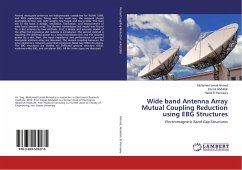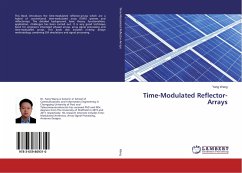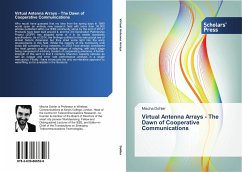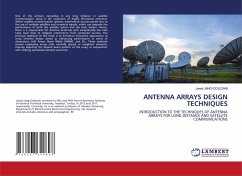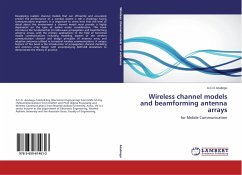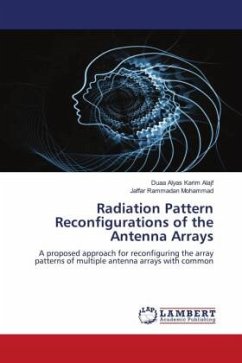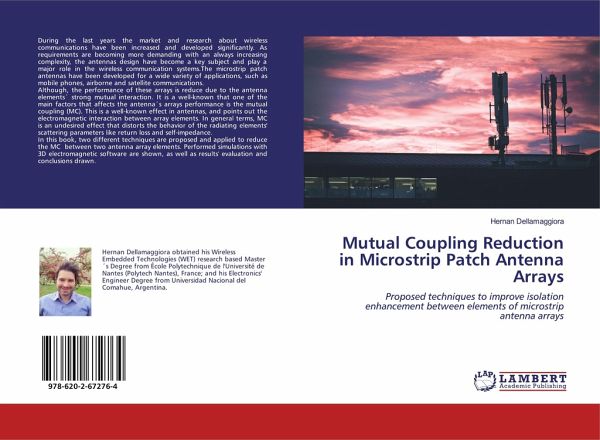
Mutual Coupling Reduction in Microstrip Patch Antenna Arrays
Proposed techniques to improve isolation enhancement between elements of microstrip antenna arrays
Versandkostenfrei!
Versandfertig in 1-2 Wochen
26,99 €
inkl. MwSt.

PAYBACK Punkte
13 °P sammeln!
During the last years the market and research about wireless communications have been increased and developed significantly. As requirements are becoming more demanding with an always increasing complexity, the antennas design have become a key subject and play a major role in the wireless communication systems.The microstrip patch antennas have been developed for a wide variety of applications, such as mobile phones, airborne and satellite communications. Although, the performance of these arrays is reduce due to the antenna elements¿ strong mutual interaction. It is a well-known that one of...
During the last years the market and research about wireless communications have been increased and developed significantly. As requirements are becoming more demanding with an always increasing complexity, the antennas design have become a key subject and play a major role in the wireless communication systems.The microstrip patch antennas have been developed for a wide variety of applications, such as mobile phones, airborne and satellite communications. Although, the performance of these arrays is reduce due to the antenna elements¿ strong mutual interaction. It is a well-known that one of the main factors that affects the antennäs arrays performance is the mutual coupling (MC). This is a well-known effect in antennas, and points out the electromagnetic interaction between array elements. In general terms, MC is an undesired effect that distorts the behavior of the radiating elements' scattering parameters like return loss and self-impedance. In this book, two different techniques are proposed and applied to reduce the MC between two antenna array elements. Performed simulations with 3D electromagnetic software are shown, as well as results' evaluation and conclusions drawn.



